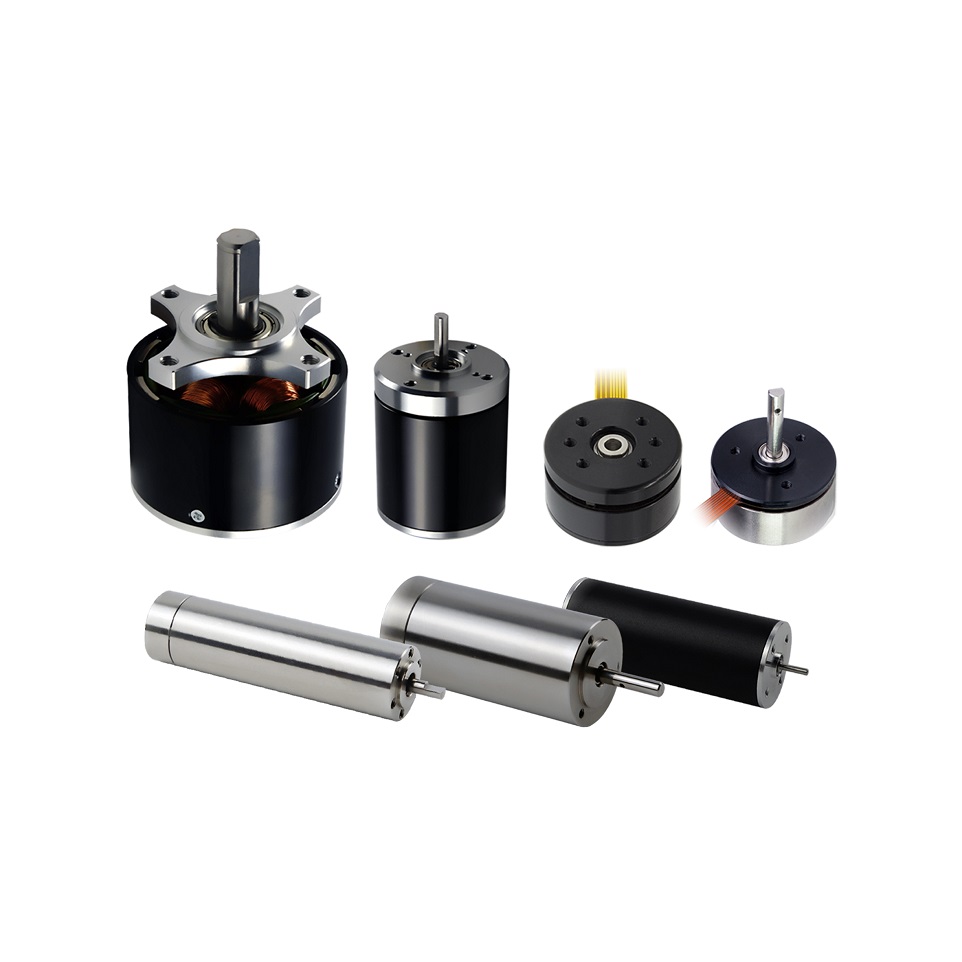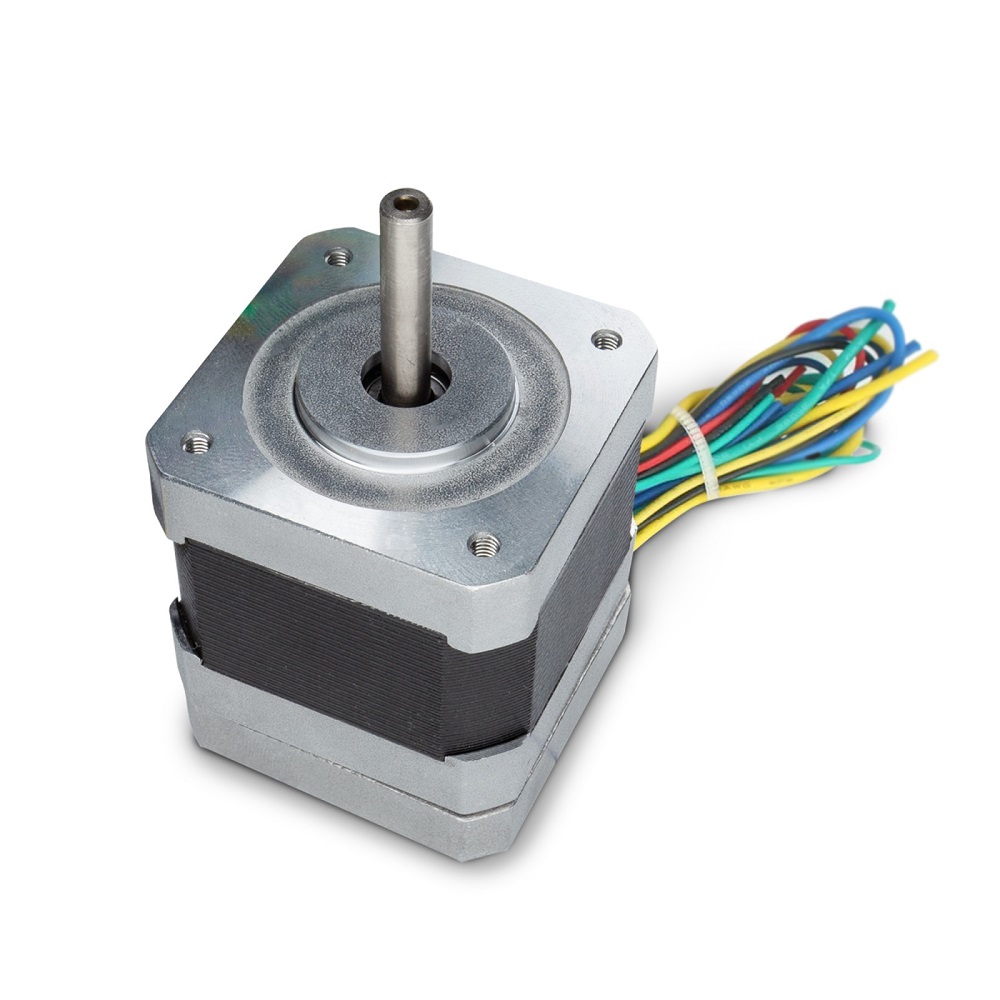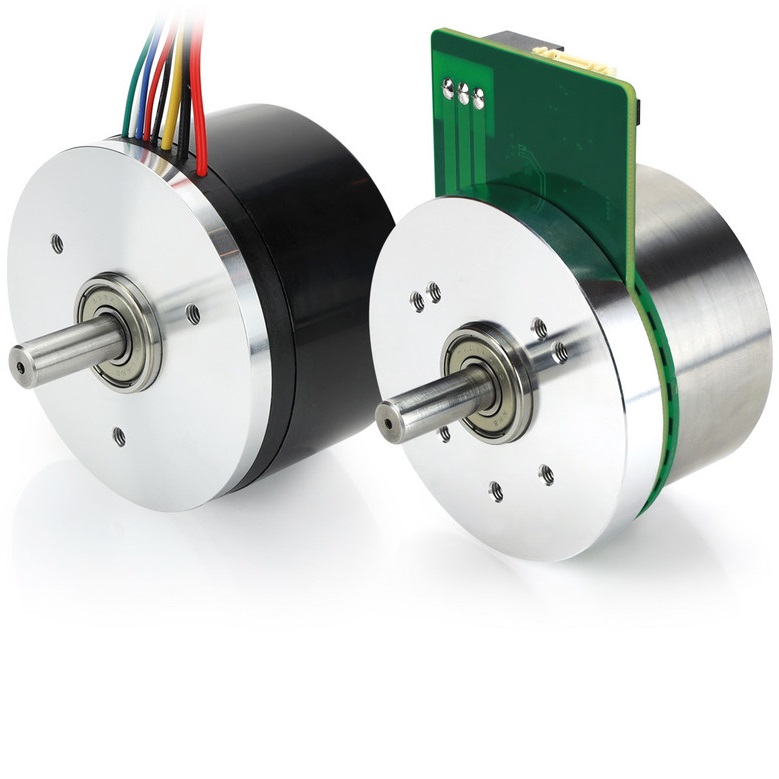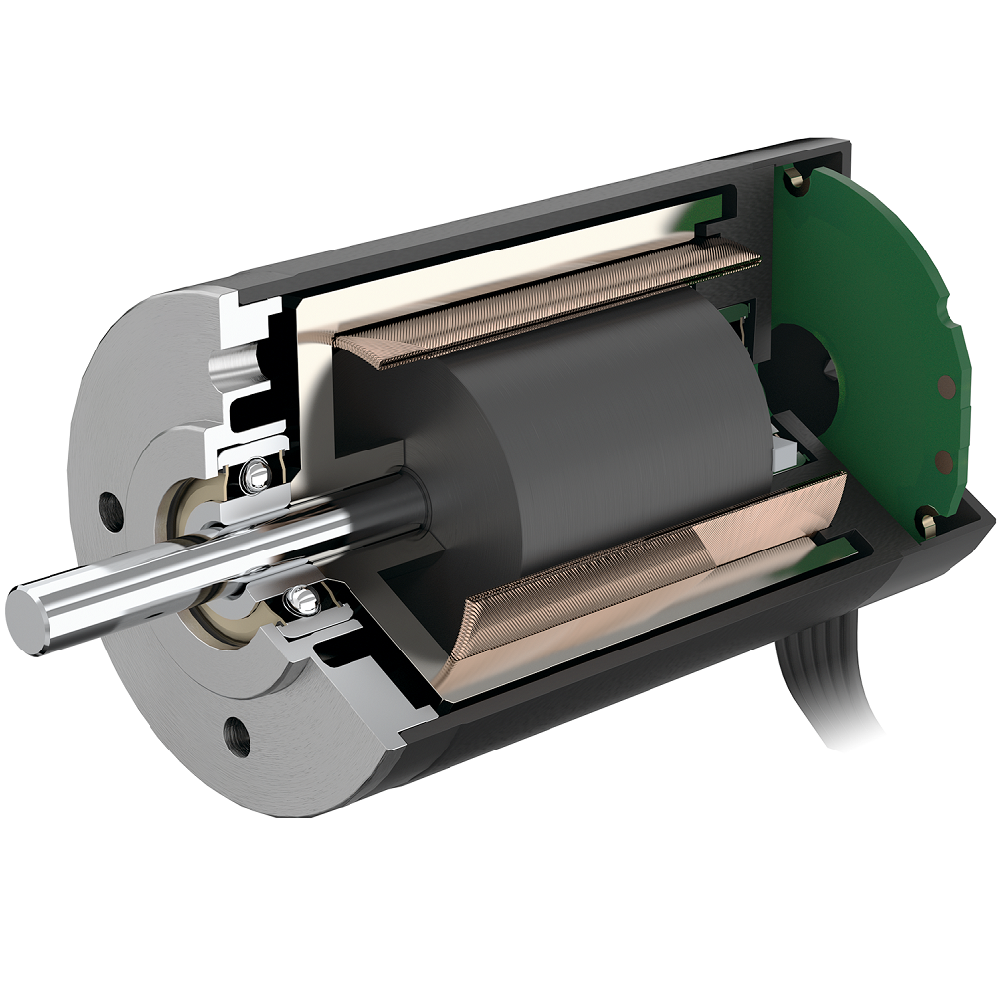Brushless motors have revolutionized the way we think about electric motors, providing an efficient, durable, and high-performance option that suits a variety of applications. They’ve rapidly become the preferred choice for devices ranging from small drones to large electric vehicles. In this comprehensive article, we will delve into the intricacies of brushless motors, exploring their design, advantages, and applications. We’ll examine how they work, their benefits over brushed motors, and the industries capitalizing on their potential.
Introduction to Brushless Motors
Brushless motors differ considerably from their brushed counterparts. In traditional brushed motors, mechanical brushes come in contact with the rotor, creating friction that ultimately wears the components down over time. Brushless motors, on the other hand, eliminate this mechanical contact. They use electronics to control the stator, allowing for a more seamless and reliable operation. The innovation behind brushless motors addresses many of the inefficiencies and drawbacks found in older motor designs.

Historical Background
Brushless motors didn’t become mainstream until advancements in electronics made it feasible to manage their operation efficiently. The evolution began in the late 20th century, as demand for more precise and reliable motors surged. This led to the development of motor controllers that could handle the complex commutation process required by brushless motors. As technology advanced, costs came down, and brushless motors found their way into consumer electronics, manufacturing, and transportation.
The push for energy efficiency and longevity in motor design played a significant role in this evolution. Engineers sought alternatives to mechanical contact points, which posed issues related to wear and electrical noise. Thus, brushless motors emerged as a solution, providing quieter operation, reduced maintenance, and superior performance in terms of speed and power.
The Design and Operation of Brushless Motors
The design of a brushless motor is characterized by a few key components: the rotor, stator, and electronic controller. The absence of brushes is the fundamental distinction between brushless and brushed motors. While brushed motors rely on these components to transmit electrical current, brushless motors accomplish this with a sophisticated commutation approach managed by the electronic controller.
Key Components Explained
- The Rotor: In brushless motor, the rotor contains permanent magnets. These magnets interact with the electromagnetic fields produced by the stator to create motion. The strength and arrangement of these magnets affect the motor’s torque and speed capabilities.
- The Stator: The stator holds the motor windings. It produces an electromagnetic field when current passes through it. The electronic controller precisely times the switching of current through these windings to rotate the magnetic field, causing the rotor to turn without direct contact.
- Electronic Controller: This component is the brains of the operation. It controls the timing and direction of the current flowing through the stator windings. It ensures the rotor turns smoothly and efficiently by varying the speed and direction of the electromagnetic field.
How Brushless Motors Operate
Brushless motors operate by converting electrical energy into mechanical energy through a process called electromagnetic induction. The rotor, containing permanent magnets, spins inside a stator filled with wire coils. When electrical current passes through these coils, it generates a magnetic field. The interaction between this magnetic field and the permanent magnets causes the rotor to turn.
The electronic controller decides which coils to energize and when to do so. This sequential energizing of coils creates a rotating magnetic field that engages the rotor magnets, enabling smooth rotational motion. The efficiency of this process is significantly better than that of brushed motors, mainly due to the elimination of friction caused by brushes and commutators.
Advantages of Brushless Motors
The plethora of advantages brushless motors offer has led to their adoption in a wide array of industries. Efficiency, durability, and low maintenance are some core benefits, alongside an improved thermal management capability. The absence of brushes not only reduces wear and tear but also eliminates sparking, reducing electrical noise and increasing the lifespan of the motor.
Efficiency and Performance
Brushless motors are inherently more efficient than brushed motors. The electronic commutation allows for more precise control of the electromagnetic fields within the motor, which translates to higher efficiency. This efficiency is manifested as reduced power loss and heat generation in the system. As a result, brushless motors consume less electricity for the same output, leading to operational cost savings over time.
Durability and Maintenance
Because there are no brushes to wear out, brushless motors require far less maintenance than brushed motors. This increased lifespan also translates to reduced downtime in operations, which is crucial in industries where consistency and reliability are vital. The lack of mechanical wear on internal components helps maintain optimal performance over extended periods.
Noise and Thermal Management
Without brushes, there is a significant reduction in noise generated by the motor. This makes brushless motor particularly suitable for applications where quiet operation is essential, such as in consumer electronics or medical devices. Furthermore, brushless motors manage heat more effectively, thanks to efficient heat dissipation mechanisms inherent in their design. The rotor and stator are structured to allow airflow, which aids in cooling the motor.
Applications Across Various Industries
As brushless motors have matured, their applications have broadened significantly. Today, they are found in a diverse array of sectors, contributing to technological advancements and improved efficiencies in transportation, automation, aerospace, and consumer electronics. The versatility of brushless motor, in terms of both size and power, has become a pivotal factor in their widespread adoption.
Automotive and Transportation
In the automotive industry, brushless motors are a critical component in the shift towards electric vehicles (EVs). They are used in the main drivetrains, offering high efficiency and performance necessary for modern EVs to compete with traditional combustion engines. The regeneration capability, where motors act as generators to recapture energy, enhances vehicle range and efficiency.
Beyond EVs, brushless motors are used in other transportation applications, such as drones and robotics, due to their high torque and precise speed control. These motors can deliver the power and reliability needed for complex maneuvering and endurance in various environmental conditions.
Manufacturing and Automation
In manufacturing, the industrial use of brushless motor has seen a significant uptrend. Their ability to maintain high precision and reliability under continuous operation makes them ideal for robotic arms, conveyor systems, and CNC machines. The predictable performance and low maintenance also make them appealing for automated systems where uptime and reliability are critical.
Consumer Electronics and Aerospace
Consumer electronics have greatly benefited from brushless motor. From cooling fans and hard drives to camera stabilizers and cordless power tools, the quiet operation and efficiency of brushless motors make them highly desirable.
In aerospace, the reliability and efficiency of brushless motors are invaluable. They power systems such as unmanned vehicles and advanced control systems, where weight and performance are critical considerations. The aerospace industry thrives on the precision and durability these motors provide, ensuring missions are successful and safe.
The Future of Brushless Motors and Technological Advancements
The future of brushless motor looks promising, with ongoing research and development aiming to further enhance their capabilities. Innovations in materials, control algorithms, and integration strategies continue to push the boundaries of what these motors can achieve.
Advances in Materials and Design
Researchers are exploring new materials for rotor magnets that can offer even better performance characteristics under varying conditions. Advanced composites and alloys that increase efficiency and reduce weight are on the horizon. These material advancements will likely lead to motors that are not only more efficient but also more adaptable to specialized applications.
The integration of sensors and smart technologies into brushless motor systems is another exciting area. Sensors can provide real-time data on motor performance, enabling adaptive control strategies that optimize efficiency and extend the lifespan of the motors.
Evolving Control Algorithms
The electronic controllers used in brushless motors are becoming more advanced. Machine learning and AI-driven algorithms are being tested to improve the precision and responsiveness of these motors. Such advancements can lead to motors that adapt to their conditions and usage patterns, providing even greater efficiency gains.
Potential Challenges
Despite the many benefits, there are challenges associated with brushless motor, such as the complexity and cost of electronic controllers. However, as technology continues to advance, these hurdles are becoming less significant. The continued reduction in the cost of electronic components is making brushless motors more accessible for a wider array of applications.
Integration with Renewable Energy Systems
The rise of renewable energy sources provides new opportunities for the integration of brushless motor. Systems designed for energy harvesting and efficient energy use can significantly benefit from the high-efficiency operation of brushless motor. This makes them ideal for applications such as wind turbine generators and solar tracking systems, further cementing their role in the transition towards sustainable energy solutions.
Conclusion: The Indispensable Role of Brushless Motors
Brushless motors have redefined the landscape of electric motor technology. Their superior efficiency, longevity, and versatility make them indispensable across numerous industries. As technology continues to progress, we can expect brushless motor to play an ever-increasing role in the evolving technological landscape.
With continued research and innovation, brushless motors are set to offer even greater capabilities and efficiencies. Their adaptation into various sectors highlights their importance and potential for even wider application. The journey of brushless motor is far from over, and the coming years will likely see them become even more prevalent and integral to our daily technological interactions.
This exploration into brushless motors underscores their revolutionary nature and continued promise. As industries and societies strive for greater efficiency and sustainability, brushless motor will undoubtedly remain at the forefront of this evolution, powering the technologies of today and tomorrow.




